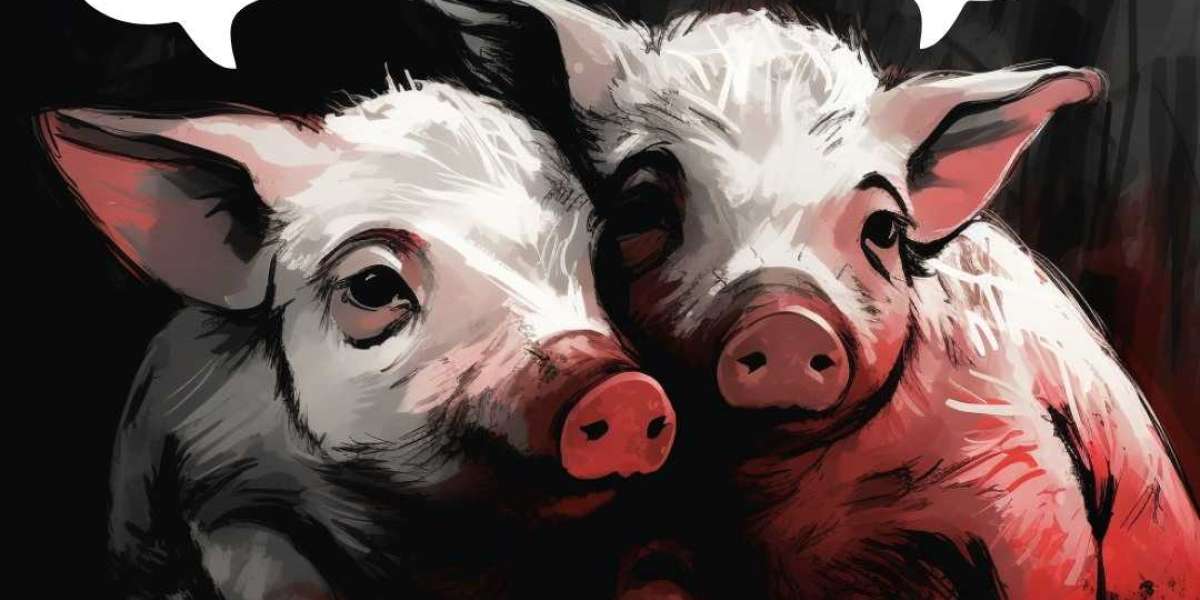In the fashion world, fur has long been considered a symbol of luxury and status. Yet, behind the allure of fur garments lies a harsh reality marked by cruelty and suffering. The fur industry has faced increasing scrutiny and criticism for its treatment of animals, prompting a global debate about ethics and sustainability. This article delves into the grim aspects of the fur industry, highlighting the extent of animal cruelty involved and exploring the growing movement towards ethical fashion alternatives.
The Animal cruelty in the fur industry: An Overview
The fur industry is a global business that involves breeding and trapping animals for their pelts. The primary animals exploited for fur include minks, foxes, rabbits, raccoon dogs, and chinchillas. These animals are either bred on fur farms or trapped in the wild. China, Denmark, and Finland are among the leading producers of fur, with China alone accounting for a significant portion of the global fur trade.
Cruel Practices on Fur Farms
The conditions on fur farms are often appalling. Animals are kept in cramped, filthy cages where they have little space to move. This confinement leads to extreme stress, causing animals to exhibit abnormal behaviors such as pacing, self-mutilation, and cannibalism. These intelligent creatures, deprived of their natural habitats and instincts, endure immense psychological and physical suffering.
Minks, for instance, are semi-aquatic animals in the wild that require access to water and space to swim. On fur farms, they are denied this essential need, leading to frustration and distress. Foxes, known for their complex social structures and need for large territories, are similarly confined to small wire cages that barely allow them to turn around.
Brutal Methods of Slaughter
The killing methods employed in the fur industry are often inhumane and cause significant suffering. The objective is to preserve the quality of the pelt, which means that animals are often killed in ways that do not damage their fur. Common methods include electrocution, gassing, neck-breaking, and even skinning alive.
Electrocution, used for animals like foxes and minks, involves inserting metal rods into the animal's mouth and anus to send a lethal electric current through its body. This method can cause intense pain and distress. Gassing, another prevalent method, often leads to prolonged suffering as animals struggle to breathe before losing consciousness. These cruel practices highlight the industry's prioritization of profit over animal welfare.
Trapping: A Barbaric Practice
In addition to fur farming, trapping is another cruel method used to obtain animal pelts. Animals are caught in traps such as leg-hold traps, snares, and body-gripping traps, which can cause severe injuries, pain, and trauma. Animals caught in these traps can suffer for days before they are killed. Some attempt to chew off their own limbs to escape, only to die from blood loss or infection later.
Non-target animals, including endangered species and domestic pets, often fall victim to these traps, further highlighting the indiscriminate nature of trapping. This practice not only causes immense animal suffering but also disrupts ecosystems and threatens biodiversity.
Environmental Impact
Beyond the cruelty inflicted on animals, the fur industry also has a significant environmental impact. Fur production involves the use of toxic chemicals such as formaldehyde and chromium, which are used to preserve and dye the pelts. These chemicals can leach into waterways, causing pollution and harming aquatic life.
Moreover, fur farming contributes to climate change through greenhouse gas emissions. For example, the production of mink fur has been shown to have a higher carbon footprint compared to other textiles. The energy-intensive processes involved in fur production, including feed production, waste management, and processing, all contribute to its environmental impact.
Ethical and Sustainable Alternatives
The growing awareness of animal cruelty and environmental concerns has fueled the demand for ethical and sustainable alternatives to fur. Many fashion designers and brands are now embracing faux fur, which replicates the look and feel of real fur without harming animals. Technological advancements have led to the creation of high-quality faux fur that is both stylish and environmentally friendly.
Brands such as Stella McCartney, Gucci, and Versace have taken a stand against fur by banning its use in their collections. This shift reflects a broader trend in the fashion industry towards more humane and sustainable practices.
In addition to faux fur, innovations in sustainable materials have paved the way for alternatives like bio-fabricated fur. These materials are created using lab-grown cells, eliminating the need for animal exploitation. Such innovations hold promise for a future where fashion can thrive without causing harm to animals or the environment.
The Role of Legislation and Consumer Action
Legislative measures play a crucial role in curbing the cruelty of the fur industry. Several countries have already implemented bans or restrictions on fur farming and sales. For example, the United Kingdom was the first country to ban fur farming in 2000, and cities like Los Angeles and San Francisco have enacted bans on the sale of fur products.
Consumer action also plays a pivotal role in driving change. By choosing to support brands that prioritize ethical practices and sustainability, consumers can send a powerful message to the fashion industry. Social media campaigns and awareness initiatives have amplified the voices of those advocating for animal rights and ethical fashion.
Conclusion
The Animal cruelty in the fur industry dark reality is a poignant reminder of the need for change in the way we view and consume fashion. The cruelty inflicted on animals for the sake of luxury and status is increasingly unacceptable in today's society. As awareness grows and ethical alternatives gain traction, there is hope for a future where fashion aligns with values of compassion and sustainability. By supporting cruelty-free fashion and advocating for legislative change, we can collectively work towards ending animal suffering in the fur industry.







